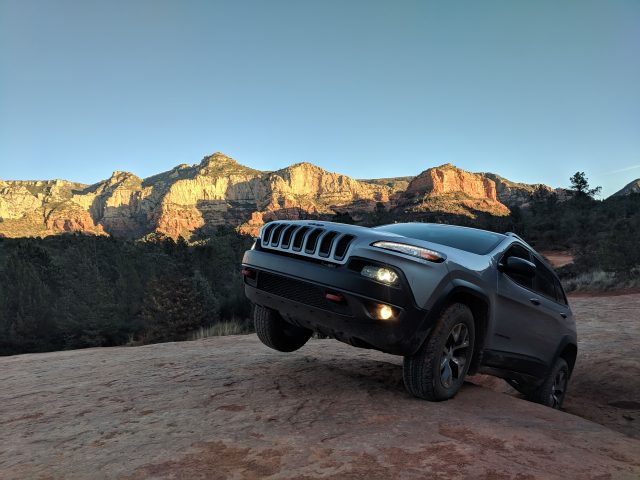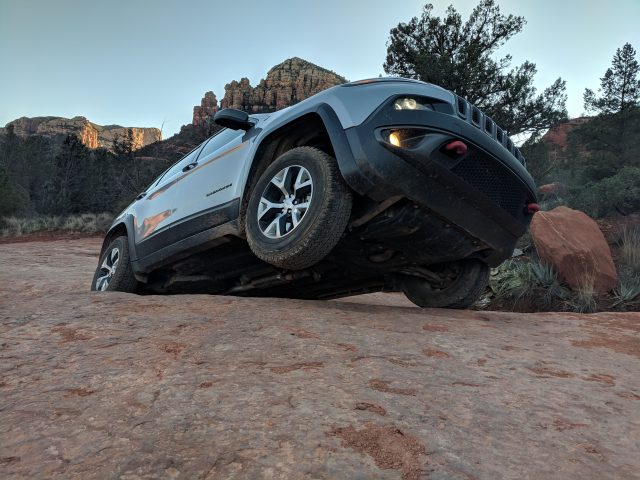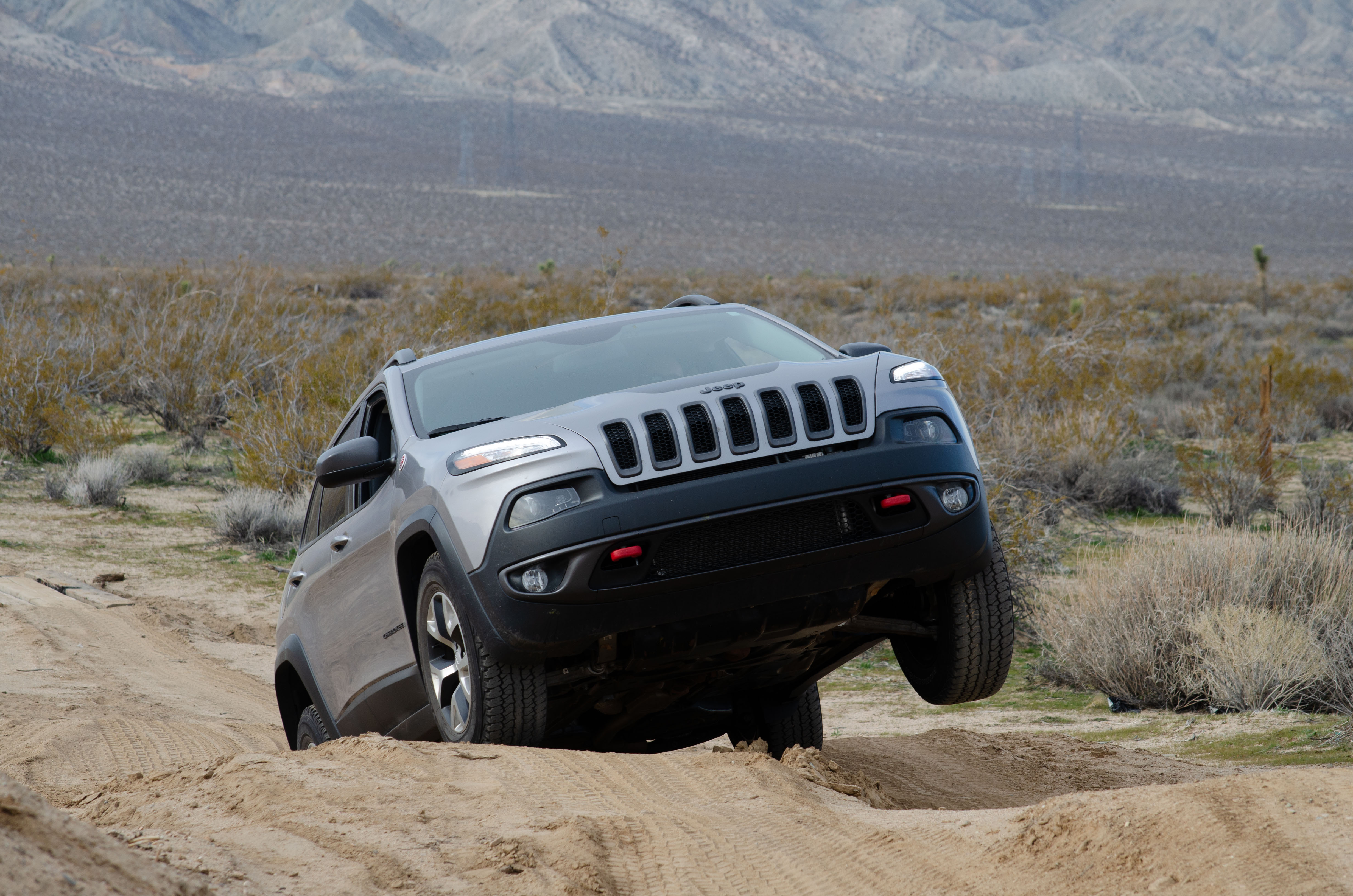Photography by Sarah and Chris Ramm
While the Cherokee XJ is now regarded as an incredibly capable off-road vehicle, it wasn’t always that way. When the XJ first hit the markets in 1984, it was scoffed at for tarnishing the family name. People said things like, “Square headlights?” “That isn’t a real Jeep! It is just a unibody station wagon.” “How could that thing even go off road? It’s obviously just for soccer moms.” Okay, I made up that last part—soccer mom wasn’t coined until 1995.
Then in 2013, when they debuted the 2014 Cherokee KL, you could hear the cries of outrage around the world. People were upset because it couldn’t replace the Jeep XJ they had come to know and love; it wasn’t their Cherokee of years past. Consumers were upset about everything from the suspension to the shape of the headlights. They rhetorically asked how Jeep could even consider abusing the Cherokee name that way.
The Jeep Grand Cherokee is an iconic Jeep which has been around since 1992. It has grown into somewhat of a staple in the Jeep family providing a compromise between off road capability and styling that is not offered in the other Jeep models. The question though is; do grand cherokees keep their value?

When you look at the two, both the XJ and the KL Jeeps are made with the same formula. They are both built on a car chassis with unexpected off-road capabilities. Both put the “sport” in sport utility vehicle, and they aim to do well at about everything. They perform well for daily driving needs and relish in 4WD trails. When each one was released, nostalgia got the better of customers, and they had to push through the naysayers to prove their worth.
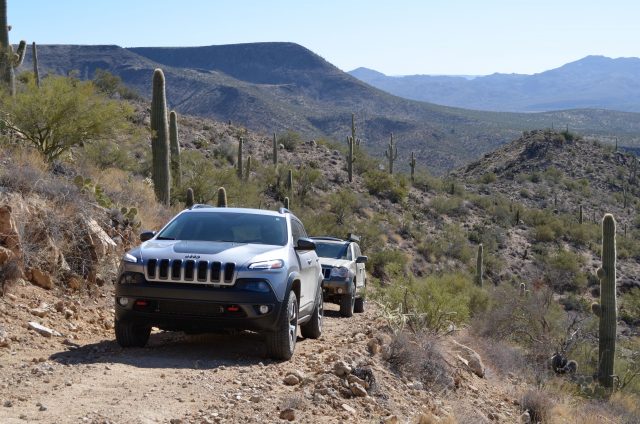

Why We Purchased a KL
In 2017 when we purchased the Cherokee Trailhawk KL, we were trading in a 2015 Jeep Renegade Trailhawk. Even though the Renegade was spacious inside for its size, we craved a little more room for ourselves and our camping gear. And while we loved how oddly capable it performed off-road, we found the torque vectoring left it often wanting for more power in technical terrain. Since we knew that we loved the Trailhawk’s four-wheel-drive system, we thought that the additional power from the Cherokee’s 3.2L Pentastar V6 engine would potentially make it the best Jeep for us.
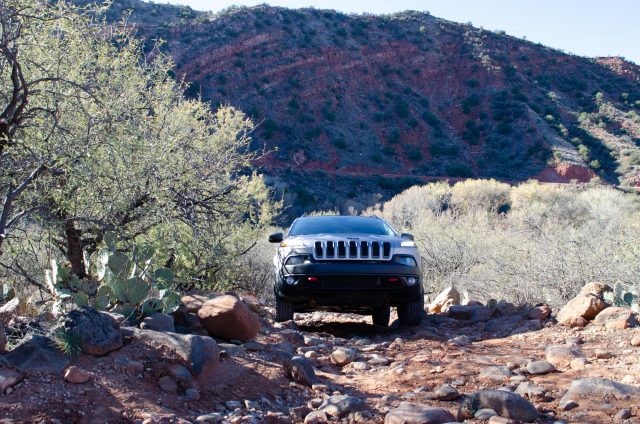
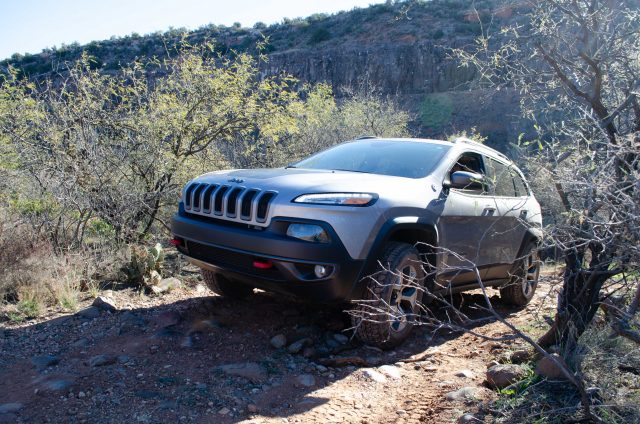
The four-wheel-drive system that Jeep employs is competitive far above its class, similar to Toyota’s TRD Off-Road 4Runner (minus the solid axle), while its size class is more on par with the RAV4 and CR-V. This advanced off-road performance paired with the smaller and more nimble size is part of what makes the Cherokee so good at balancing the duties of daily commutes and 4WD trails.
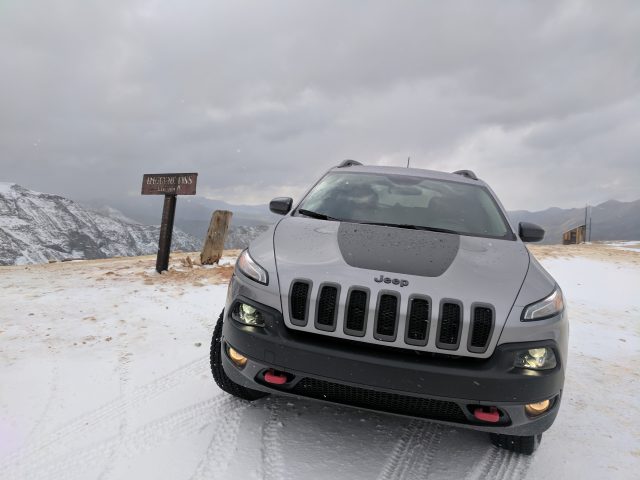
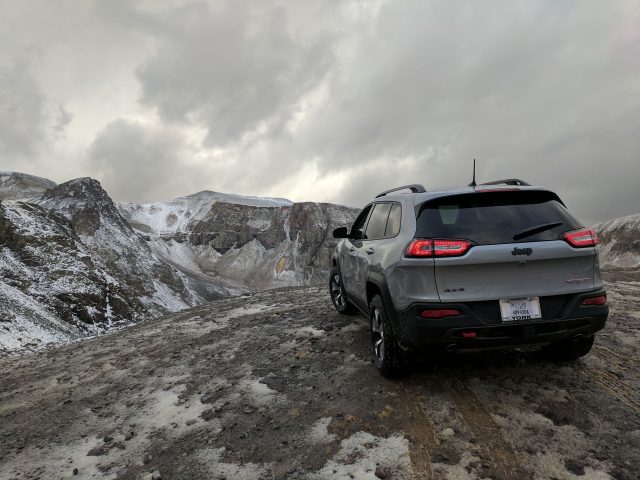
How it Performs Off-road
In the year and a half that we have owned the KL, we have put more off-road miles on it than most 4WDs will probably ever see in a lifetime. Before the odometer had even reached 600 miles, we had it on the top of Imogene Pass, crawling over rocks and eating up washboard roads. Throughout our time with it, we have been nothing but impressed. The increased power in the V6, the 48:1 crawl ratio, and the rear locker give it the final push it needs to get through bigger obstacles, like loose dirt and rock on a rutted cross-axle section of trail.
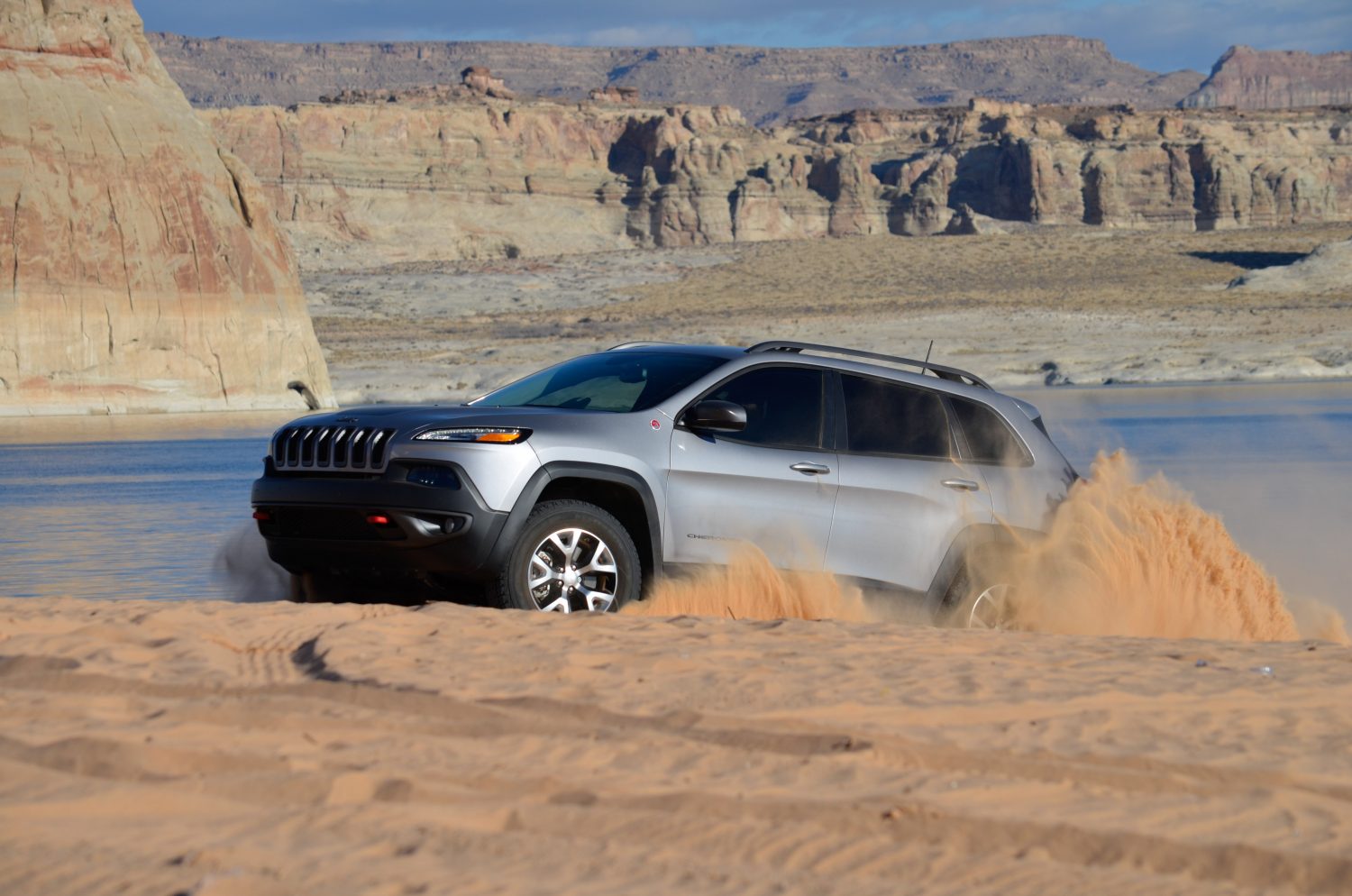
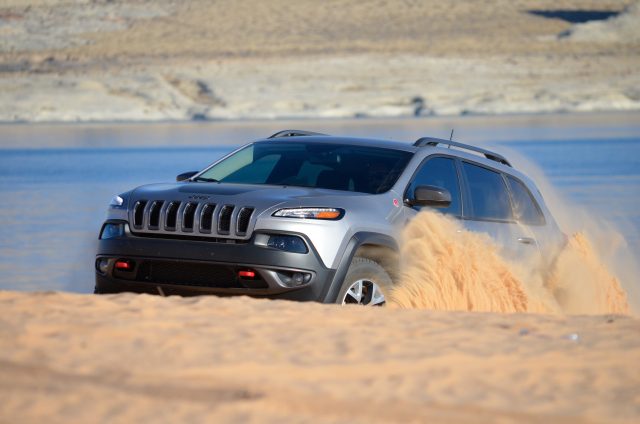
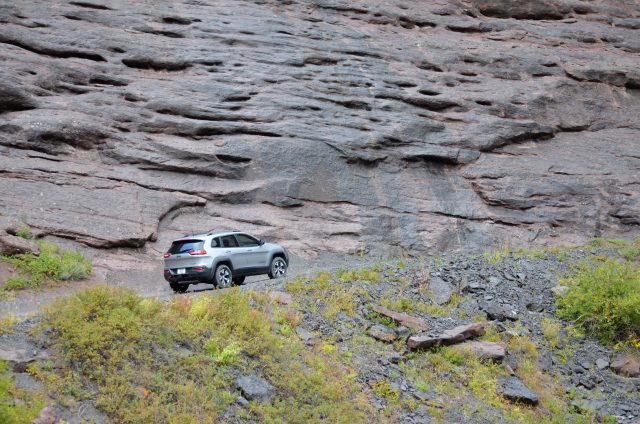
Future Plans and Goals
The primary disadvantages of the KL are related to its low ground clearance, and we have hit the undercarriage with rocks more times than we’d like to admit. Since the stock suspension could use better dampening and more height, we looked to aftermarket options for a solution. Don’t tell anyone, but the suspension was recently installed along with new tires, and both are being evaluated now. After those are addressed, it would only make sense to protect our investment with rock sliders and additional armor, as well as install more lighting and possibly a cargo/drawer system.
Overall, the KL build will be mild and focus on the vehicle’s strengths. This is not designed to be a full rock-crawler. Its trail performance is matched only by its impressive road manners, and we don’t want to sacrifice one for the other. This Jeep can knock out highway miles to get to the trailhead, then effortlessly take on dirt roads. It isn’t meant to duplicate a Wrangler or the XJ, it is its own vehicle, and we love it for that.
